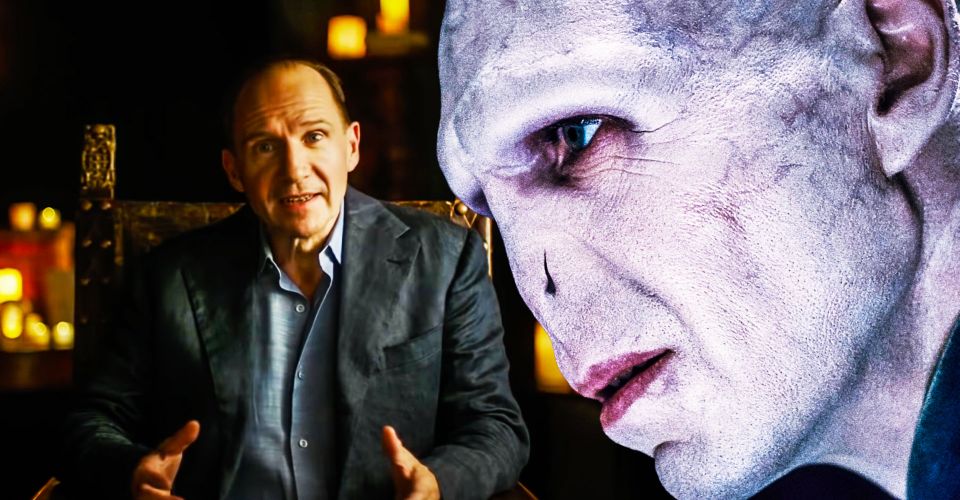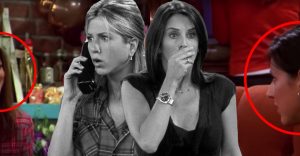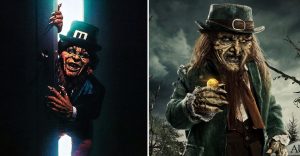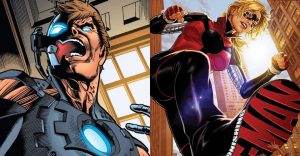Harry Potter: What Voldemort Almost Looked Like (& Why It Was Worse)

Warning! SPOILERS for Return to Hogwarts.
Harry Potter 20th Anniversary: Return to Hogwarts, released by HBO Max on January 1, 2022, revealed many insights about the big-screen rendition of the Harry Potter saga, among which the initial concept art for Lord Voldemort (Ralph Fiennes) truly dominated, with an appearance very different from the one eventually developed. Although Fiennes hesitated to accept the role at first and was convinced to do so by his sister, who knew the magnitude of the Harry Potter series, his portrayal of the Dark Lord Voldemort proved the right choice. The reunion special revealed, in fact, that Fiennes was involved in decisions regarding Voldemort’s figure and presentation. The final result ended up being more humanlike compared to the original character design, but nonetheless terrifying, making the final version of the villain the most satisfying.
Return to Hogwarts saw many stars return for the special, including those who started as children and adults alike. The special provided very insightful tidbits of information regarding the experience on set, which seemed to have been pleasant for all the children involved, especially in the first two movies, as they were treated as children and allowed to have fun. It also disclosed why some scenes from the books were included and why others were not, with particular attention to explaining why they were executed in the way they were. This proved particularly interesting for Fiennes’s case, as many variables were involved in presenting the corporeal version of Voldemort to the viewers for the first time in Harry Potter and the Goblet of Fire.
Goblet of Fire director Mike Newman shared in Return to Hogwarts why he wanted to cast Fiennes as Voldemort, citing his “delicate, subtle force of personality” as the main reason. The original character design for Voldemort showed a ghostlike, skinny, and inhuman creature that felt almost alien and otherworldly. It would’ve probably been more visually scary to have a villain that striking, but it could also have been a big mistake, both for the repercussions on the character and the possibility of his appearance overshadowing Fiennes’ performance.

Indeed, an inhuman-like appearance onscreen might have even made sense story-wise, visually representing his loss of humanity in pursuing Horcruxes. Still, that would have only become clear in the last three films of the Harry Potter series, and in the meantime, it could have led to misinterpretations of the villain. After all, many non-human creatures were presented throughout the series, including horrific ones such as Dementors, but blending the differences between human villain Lord Voldemort—who actively and continuously chose an evil path in life—and monster-like non-beings, whose essence may have caused pain but didn’t choose it, might have shrunk the villain’s responsibilities and agency.
In the reunion special, Fiennes described how, from the concept art, Voldemort felt to him like “the essence of evil, a snakelike thing which wasn’t that human.” A Voldemort perceived as primarily inhuman because of how he visually appeared could have badly influenced his overall perception as a villain. In Return to Hogwarts, Fiennes recounted how he introduced a “snakelike, husky, whispering voice” to the character, while Newman highlighted how Fiennes wanted Voldemort to look otherworldly and insisted on him not having a nose.
Making Voldemort visually scarier might have ended up overshadowing Fiennes’ masterful performance, making him too extravagant and risking losing the aspects that made him memorable as Voldemort. In the end, even considering all the revelations about Voldemort in Harry Potter 20th Anniversary: Return to Hogwarts, having the villain slightly more humanlike than previously conceptualized makes it more realistic and the story more important, focusing on his misgivings and not his resemblance to a monster.
About The Author

















